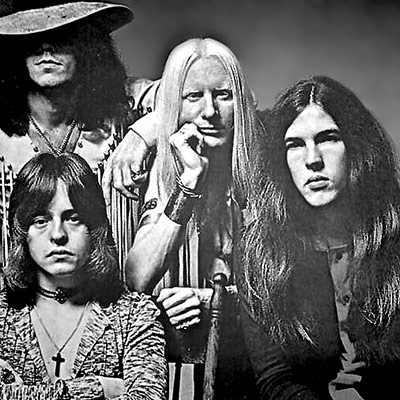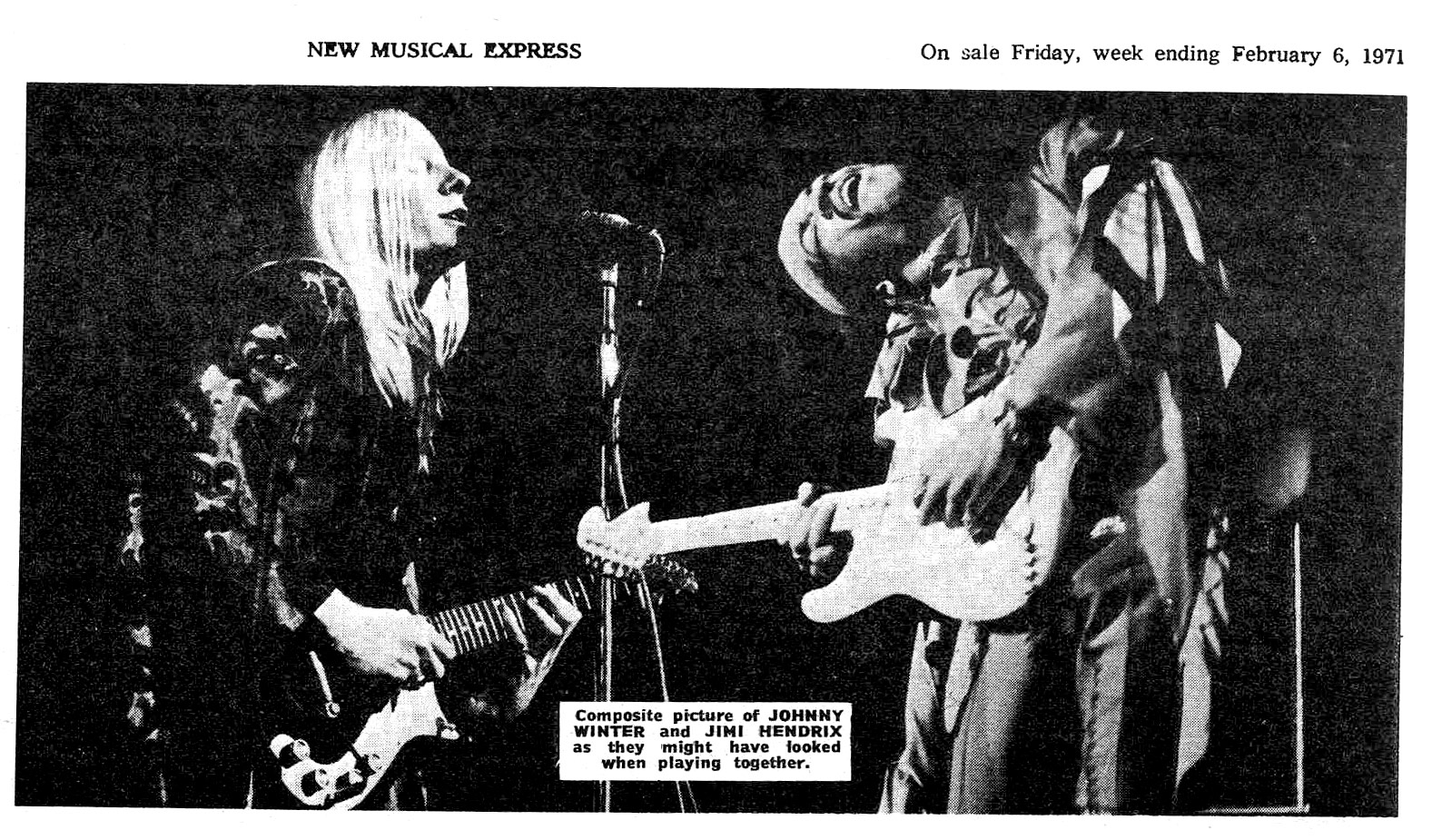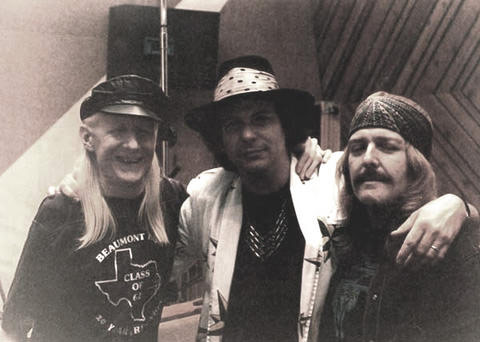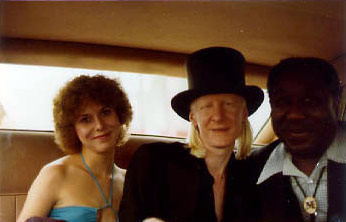Synopsis: Johnny Winter, renowned for his electrifying blues guitar skills, captivated audiences with his raw energy and stage presence. His younger brother, Edgar, initially played alongside him, showcasing his talents on various instruments.
However, Edgar eventually stepped out of Johnny's shadow, forming his own band, White Trash. With a blend of rock and blues, White Trash gained popularity, releasing a successful live album. Yet, Edgar sought further creative evolution.
As Edgar disbanded White Trash to pursue new ventures, Johnny faced personal struggles with addiction. After overcoming his challenges, Johnny returned to the music scene, forming a new trio and embracing a more rock-oriented sound.
Meanwhile, Edgar formed the Edgar Winter Group, achieving significant success with their instrumental hit "Frankenstein." The song's popularity propelled the group to the top of the charts, solidifying Edgar's position as a successful musician in his own right.
Both brothers continued to perform and release music, each carving their unique paths in the music industry. Johnny remained a blues-rock powerhouse, while Edgar explored various musical styles, including rock, jazz, and experimental sounds.
The story of Johnny and Edgar Winter exemplifies the evolution of two talented musicians, their individual journeys to success, and their lasting impact on the music world.
Read Full Article: From Blues Brothers to Individual Success










